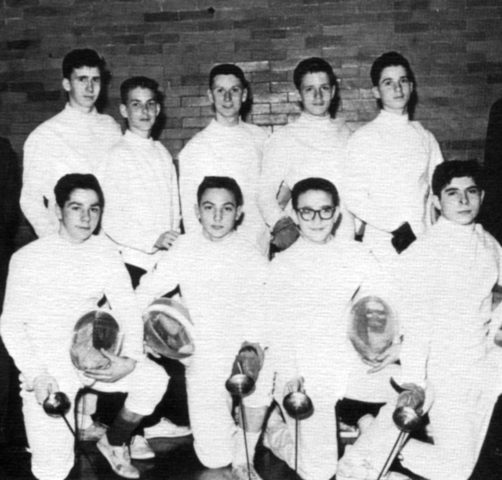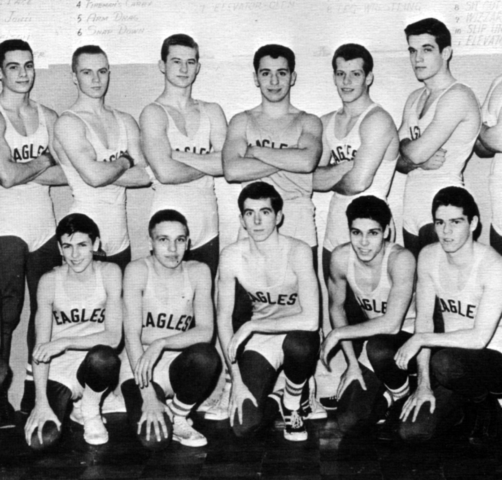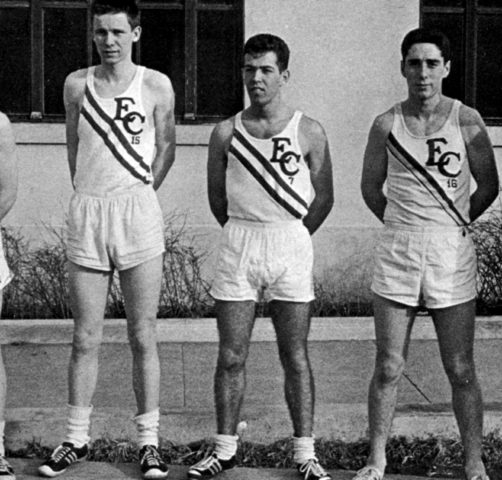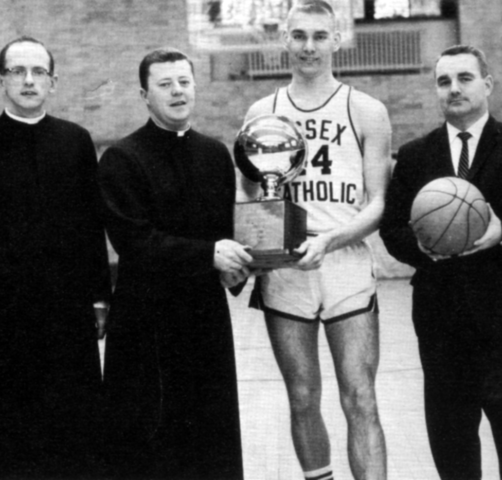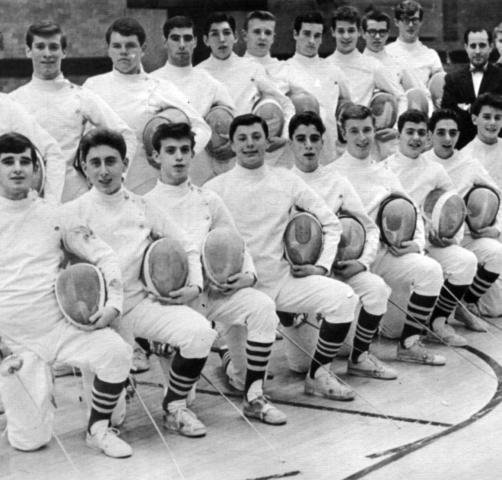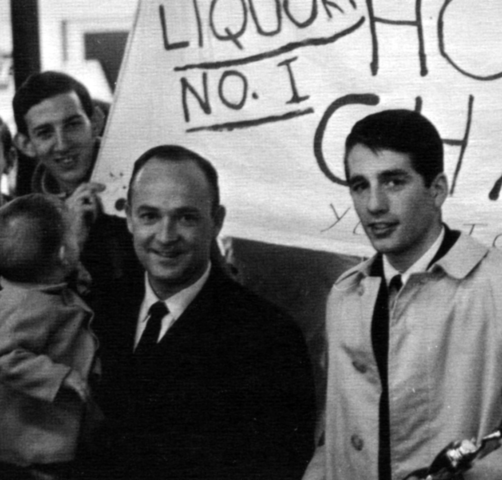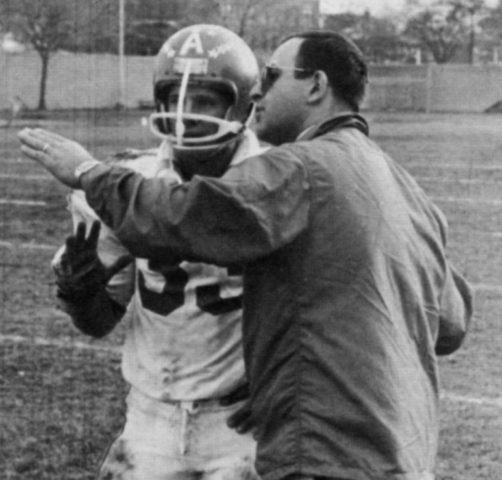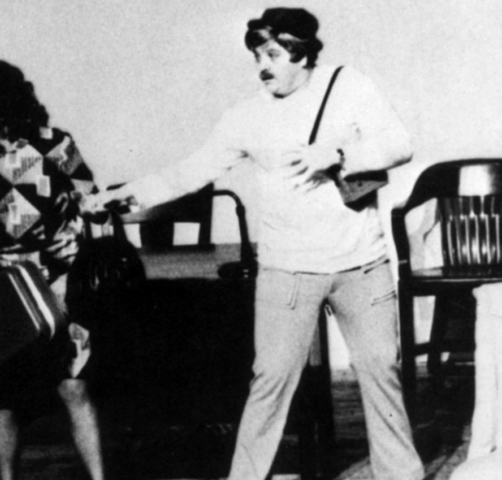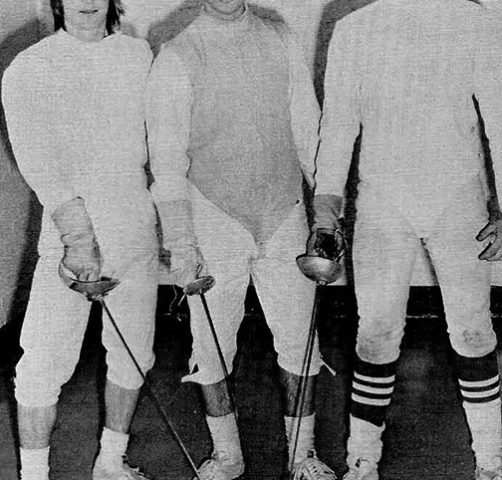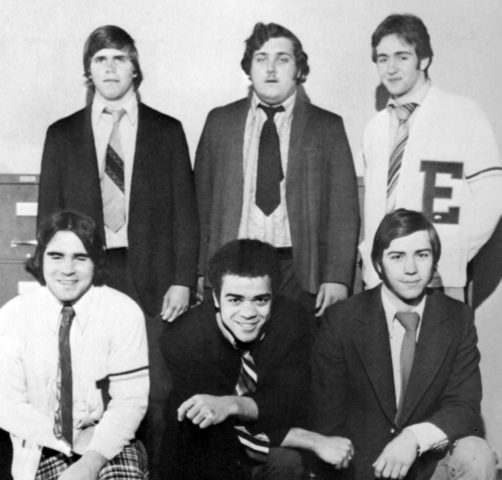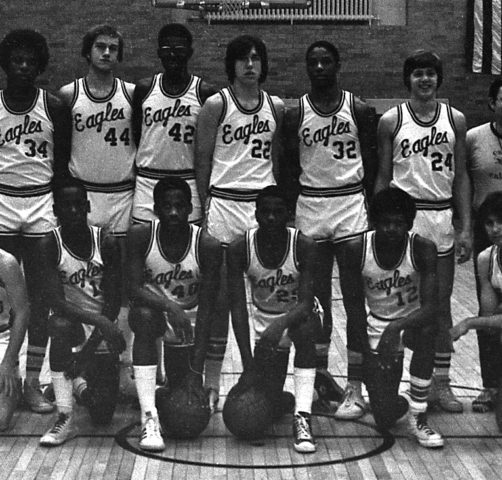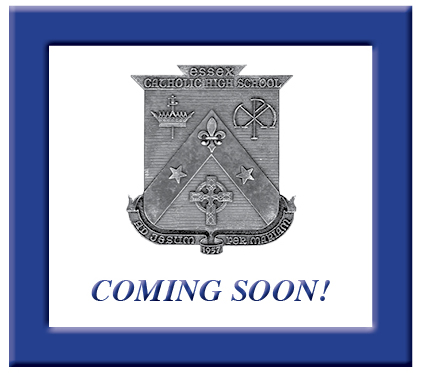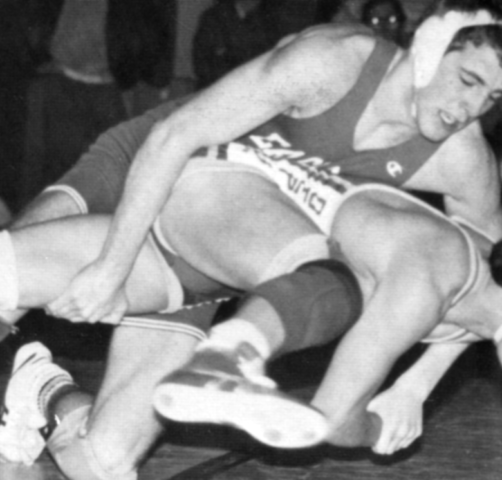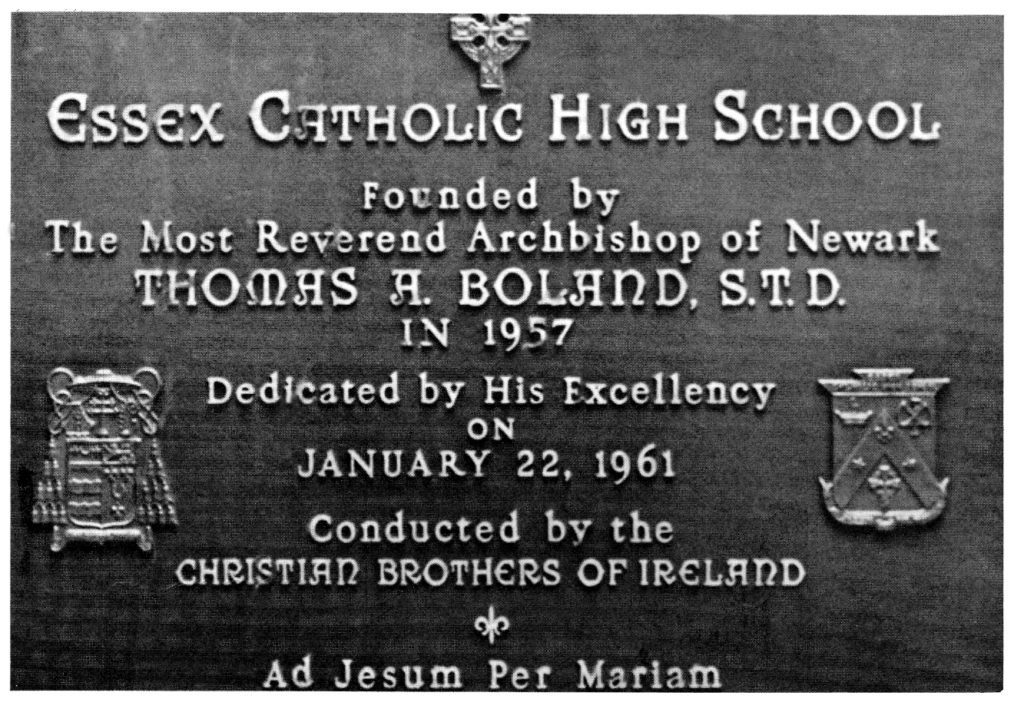
Essex Catholic High School, opened in 1957, was run by the Congregation of Christian Brothers for the Roman Catholic Archdiocese of Newark, N.J. The all-boys school’s original facility was in the city’s North Ward at 300 Broadway, a majestic building constructed in 1927 as the corporate headquarters of the Mutual Benefit Life Insurance Company. The school’s mascot was the Eagle. Essex Catholic was supported in its early years by the efforts of Thomas A. Boland, the Archbishop of Newark. It was dubbed “The Poor Man’s Prep” owing mostly to its affordable tuition, compared to other private high schools in the Greater Newark Area.

In the 1960s, drawing students of diverse ethnic and racial origin, Essex Catholic rose to prominence among U.S. high schools, excelling in academics and athletics. Eagles teams competed in Fencing, Football, Basketball, Cross-Country, Track & Field, Soccer, Wrestling, Baseball, Ice Hockey, Lacrosse, Tennis, Bowling, Swimming and Golf. State championships were frequent, as were All-State, All-County, All-Conference, All-City, etc., honors for many Essex Catholic athletes. Many Eagles went on to compete in the NCAA, the Olympics and professional sports. Fencing was the most prominent of sports, consistently attaining national ranking and capturing 10 consecutive state titles between 1965 and 1974.
The urban neighborhood surrounding 300 Broadway went into a sharp decline following the 1967 Newark riots, and Essex Catholic’s enrollment soon followed. Enrollment peaked in the 1968-1969 school year at approximately 2,500 students (534 Seniors among them), but then, coupled with a three-year, phased-in doubling of tuition beginning in 1970, experienced a steady decline over the next decade. By the 1979-1980 school year, enrollment had fallen to just under 600. The magnificent six-story building at 300 Broadway was far too large and expensive to operate and maintain for a relatively low number of students. At the same time, enrollment in Catholic high schools overall in the Archdiocese of Newark had fallen. Tough choices had to be made. Consolidation was in order.
On January 7, 1980, Brother James R. Kelly, Principal, in a surprise announcement, told the student body and faculty that Essex Catholic would be relocating to East Orange, N.J., effective the following school year. The Class of 1980, at 158, was the last class to graduate from 300 Broadway. A decade earlier, in 1969, the graduating class had numbered 534.

And so, in the Fall of 1980, Essex Catholic re-opened at 135 Glenwood Avenue in East Orange, the former location of all-girl’s East Orange Catholic High School, which the Archdiocese had closed following the 1979-80 school year. EOCHS merged with Archbishop Walsh High School in Irvington, N.J., forming Essex Catholic Girls High School.
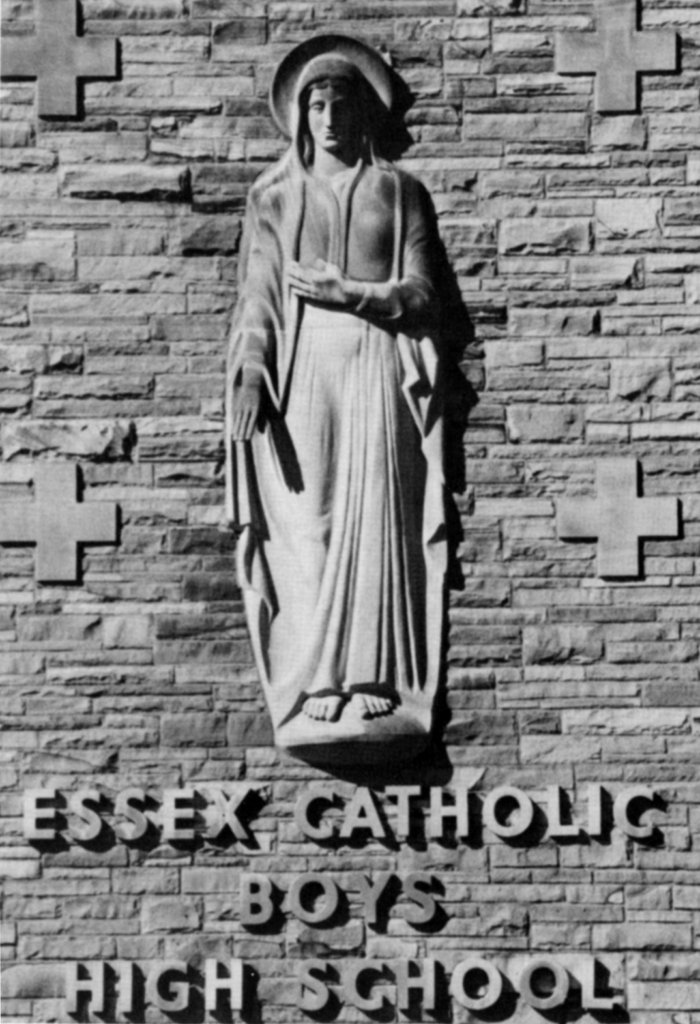
For the next 23 years, Essex Catholic continued its tradition of excellence in academics and athletics. In 2000, the school was renamed Bishop Francis Essex Catholic High School in honor of Bishop Joseph A. Francis (1923-1997), a long-time friend and supporter.

But enrollment continued to drop, hitting a record-low 267 in the 2002-2003 school year, which was to be Essex Catholic’s last. In 2003, under the direction of Archbishop John J. Myers, Essex Catholic, after 47 years, closed its doors for good.
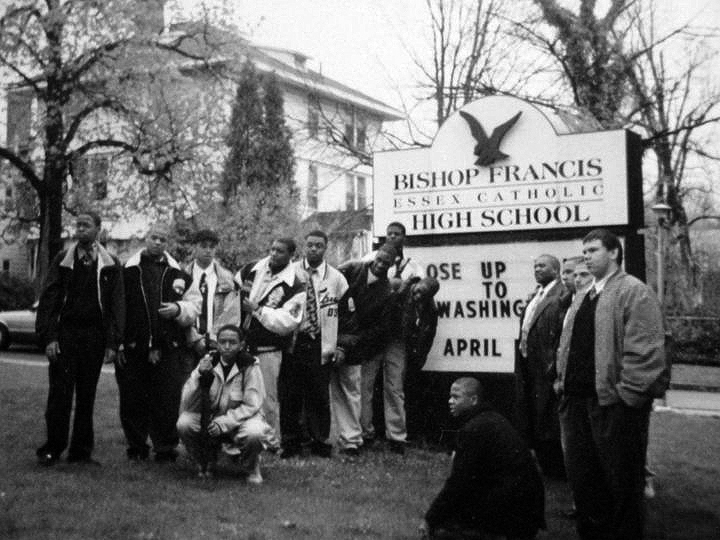
Yet, the Essex Catholic spirit and legacy live on through Essex Catholic High School Foundation, Inc. Since 1981, the Foundation has held the annual Alumni Dinner and Hall of Fame Induction, which typically attracts more than 200 alumni, faculty, family and friends. The Foundation awards scholarships to descendants of alumni, and also runs other annual fundraising events, among them the 300 Broadway Reception & Tour at the school’s original location, two Alumni Golf Outings, an All-Classes Reunion at McGovern’s Tavern in Newark, N.J. (owned by Sean McGovern ’84), where Eagles athletic trophies are proudly displayed, and two luncheons at The Cloverleaf Tavern, Caldwell, N.J.
As for 300 Broadway, the architecturally rich, Italian Renaissance-style building (listed on the National Register of Historic Places in November 1983 and also listed by the Newark Preservation & Landmarks Committee and the New Jersey Register of Historic Places) stood vacant for years. The Archdiocese of Newark eventually sold the historic structure. Today it serves as the location for Broadway House Continuing Care and New Vista Nursing & Rehabilitation Center. Broadway House, an affiliate of Rowan University School of Medicine and Dentistry, is the state’s only specialized, long-term facility for the care and treatment of people living with HIV and AIDS. New Vista houses long- and short-term residents.
Though significantly altered internally from the school that most Essex Catholic alumni knew and loved, 300 Broadway, an architectural gem that stands out in sharp contrast to much of the surrounding area, retains many of its most impressive features. The massive Greek columns on the building’s exterior are as majestic as ever. Inside, the beautiful rotunda retains its original appearance. The third-floor ballroom, now a dining room for nursing home residents, retains its original aura of grandeur. The theater, in its day probably the only professionally equipped facility in the country ever used by a high school drama club, stands silent and dark, an almost ghost-like reminder of the plays and musicals that once packed the house. Fortunately, this beautiful building, the source of so many Essex Catholic memories, can still be enjoyed through Foundation events hosted there.
SCHOOL CREST

The crest of Essex Catholic High School is rich in meaning and idealism. The overall shape of the shield is a buckler of faith, the Christian’s defense against the arrows of temptation, and a sure protection against the wiles of Satan in the strife of life’s daily battle for salvation.
The Strip d’Argent, on field azure, indicating the school colors (blue and silver), favorites of Our Lady, and the Fleur-di-Lis on the center strip, symbolic of the lily of purity, are from the crest of the Archbishop of Newark. The Fleur-di-Lis also symbolizes the double unity of the Holy Trinity. The three petals on the heraldic design reflect the widespread association with the Holy Trinity, with the horizontal band symbolizing Mary. The tradition says that without Mary, you cannot understand the Trinity, since it was she who bore the Son.
The Crown and Sword at the upper left of the crest represent the patroness of the school, Our Lady of Sorrows, “whose own soul and sword hath pierced.” The crown represents the crown of thorns Jesus wore at his crucifixion. The sword is symbolic of the sword that pierced Mary’s heart as she watched Jesus die on the cross. The intertwined XPM at the upper right, also known as the Chi-Rho Cross, repeats the goal of devotion to Our Lady set forth in the school’s motto, “Ad Jesum per Mariam” (to Jesus through Mary). The letters X and P are often used as another symbol for “Christ.” The first two letters of Christ’s name in Greek are X and P. In the Greek alphabet, X equals CH and P equals R.The letters are usually inscribed one over the other, sometimes enclosed within a circle, becoming both a cosmic and a solar symbol.
The two Stars symbolize the New Testament promise, “Those who instruct others unto justice shall shine as stars for all eternity.” This promise is hope of the Christian Brothers of Ireland who taught in Essex Catholic High School and the hope of the boys who will instruct others by the example of their Christian lives. The stars also signify enlightenment, guidance and instruction.
The Celtic Cross, a cross with Celtic rope work decoration, represents the beacon of faith and harmony of lives well spent for Christ. The traditional crest of the Christian Brothers of Ireland, it notes the origin of the order from the famed “Isle of Saints and Scholars.” Ad Jesum per Mariam, Latin for “To Jesus through Mary,” is the Essex Catholic motto. Mary leads us to Jesus, our Lord and Savior. This belief is taken from the first miracle of Jesus at Cana.
The date of the school’s foundation, 1957, anchors our school’s crest.



